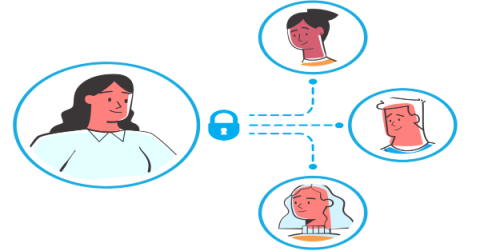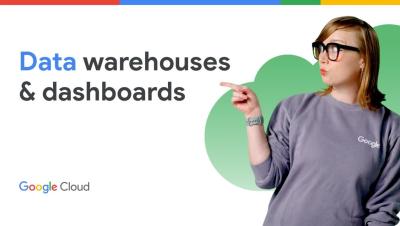Systems | Development | Analytics | API | Testing
BI
Hitachi Sustainability Solutions and Services Offer a Logical Approach to Decarbonization
IBM Technology Chooses Cloudera as its Preferred Partner for Addressing Real Time Data Movement Using Kafka
Organizations increasingly rely on streaming data sources not only to bring data into the enterprise but also to perform streaming analytics that accelerate the process of being able to get value from the data early in its lifecycle. As lakehouse architectures (including offerings from Cloudera and IBM) become the norm for data processing and building AI applications, a robust streaming service becomes a critical building block for modern data architectures.
3 Ways to Replace Distrust of Your SAP Data With Confidence
What is Multi-Tenancy? Understanding Multi-tenant Analytics
Can You Believe Target Tracking is this easy? AI-Generated Insight Advisor Smart Sheets
Empower data with BigQuery & Looker
Future Proof Your Business With Cloudera
Driving Data Discovery and Reliability for Better Business Decision Making
Enterprises are drowning in data. Structured, semi-structured or unstructured data for the modern, data-driven enterprise is everything, everywhere, all at once. But that’s also a challenge for enterprises looking to transform their data into usable information for business success. The sheer volume of data is challenging the ability of enterprises to find trustworthy, reliable data to drive their business decisions. Traditional data catalogs offer only structured data discovery.
Modernize legacy BI and OLAP workloads with AtScale and BigQuery
AtScale enables Google Cloud users to build a single source of governed analytics to enable self-service business intelligence and data science programs.









